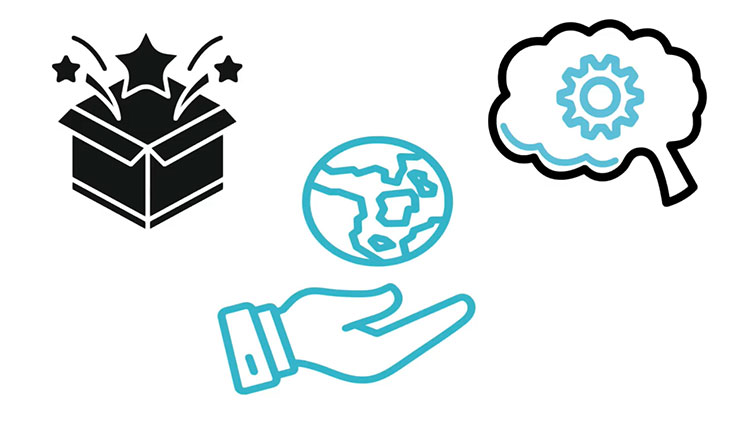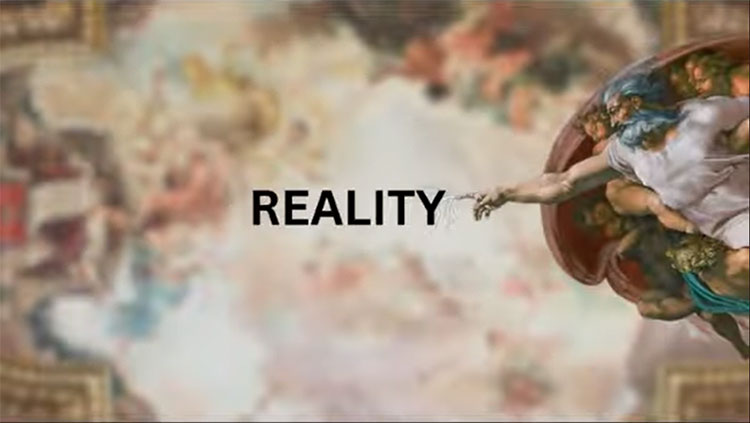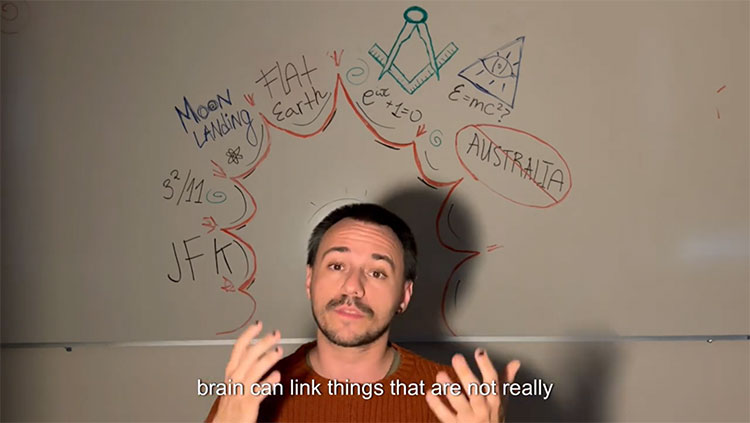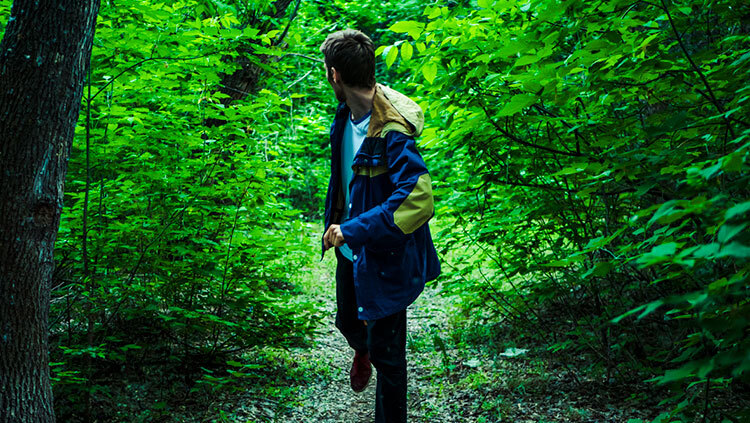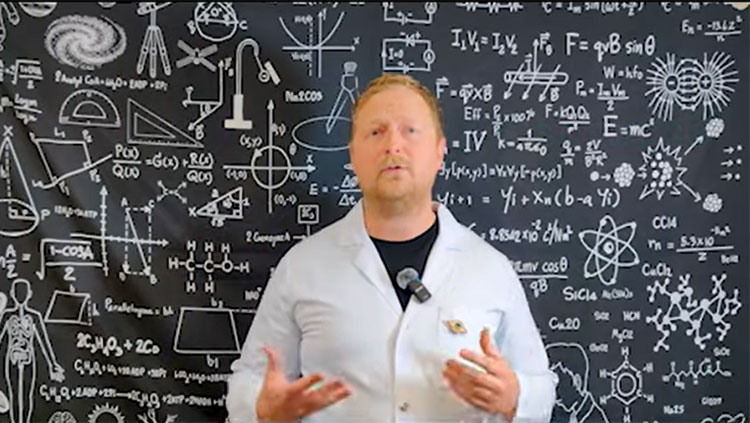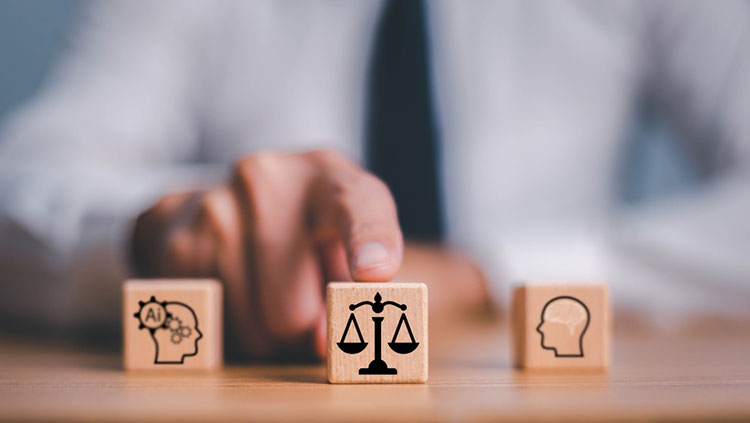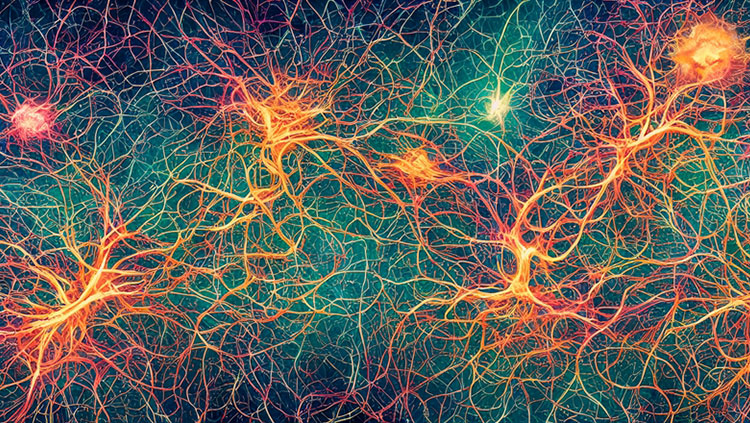The Great Show of Consciousness
- Published19 Sep 2024
- Source BrainFacts/SfN
There’s a lot we don’t yet know about the nature of consciousness. But neuroscience has made major strides in the effort to understand it. A popular metaphor compares conscious and unconscious forces in the brain to various parts of a theater — like the actors on stage and the crew managing things behind the curtain.
While many brain areas are involved in consciousness, the brain’s reticular formation plays a key role. This network of neurons and nuclei in the brainstem signals the presence of important external stimuli to the cerebral cortex and the thalamus, and disregards stimuli it doesn’t consider relevant enough to pass along.
This is a video from the 2024 Brain Awareness Video Contest.
Created by Eduardo Traviezo.
CONTENT PROVIDED BY
BrainFacts/SfN
Transcript
Throughout history, philosophers, scientists, and many others have tried to unveil such a mystery.
We won't try to settle the issue here, of course, but rather try to explain what we know so far about consciousness, and how neuroscientists have helped us to better understand it.
We can think of consciousness as a theater.
There's a stage — which symbolizes the working memory — filled with props and actors, which are the contents of conscious experience.
But the actors can only be seen if there is enough light pointing at them. This would be the selective attention.
In a way, it reveals which actors are more relevant within the scene. There's also an audience watching the play from their seats.
They implicitly know — even if they don't see it — that there are props in the dark, as well as other people backstage doing all kinds of activities that have great influence on the play itself.
All these hidden elements are part of the unconscious. They exist, yet remain unnoticed.
Whatever happens on stage within the edges of the spotlight is what we can access through consciousness.
Metaphors like this have helped scientists to elaborate more complex theories about consciousness.
Let's take a look at one of them: the global workspace theory.
According to this theory, for a stimulus to become conscious, it has to travel in the brain and activate a global workspace.
Information becomes conscious if it enters this global workspace and becomes available to other systems.
Imagine you're sitting at your desk, reading a book.
The sound of a fan running still may go unnoticed, but the sudden buzzing of a bee flying right next to you will not.
In a way, the sound of the bee becomes conscious because it enters this global workspace — the stage of the theater — while the sound of the fan remains unconscious, or backstage, so to speak.
But how do certain stimuli become conscious in the very architecture of our brain?
There are two key organs that help to explain conscious experience — the cerebral cortex and the thalamus.
The thalamus is subdivided into a number of specialized nuclei that deal with specific types of information, including sensory information, like the buzzing of a bee.
This information is sent from the thalamus to the appropriate area of the cortex, where it is processed. Sensory input provides the raw material for an evaluation, and the output provides action.
Why do we become conscious of some stimuli — like the buzzing of the bee — but not much of the fan?
We owe this explanation to the reticular formation, a set of interconnected nuclei that are located in the brain stem.
When a novel stimulus appears, the reticula informs the thalamus and the cerebral cortex. If this stimulus becomes repetitive or unimportant, the reticula will disregard it, and the information won't even reach cortical integration.
Consciousness is more than just awareness of the environment. It involves complex phenomena that are yet to be discovered and described.
Nonetheless, understanding how our brains make it up for all of this is undoubtedly a great opening act in the great show of consciousness.
Also In Thinking & Awareness
Trending
Popular articles on BrainFacts.org


